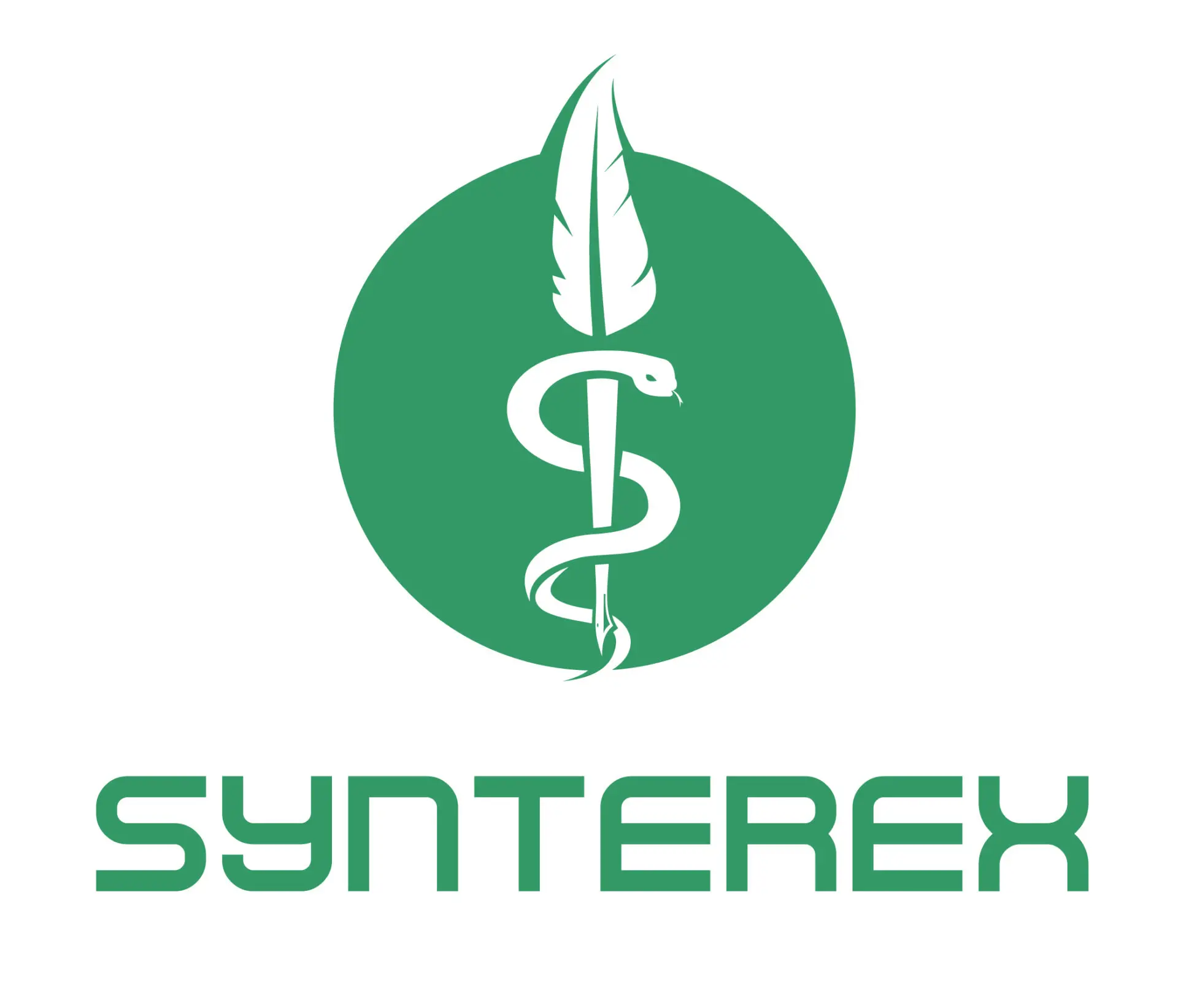As clinical trials evolve in the digital age, e-consent has emerged as a promising tool to enhance patient engagement, streamline processes, and improve regulatory compliance. While the benefits of e-consent are significant, implementing this technology also presents several challenges that sponsors and clinical teams must navigate. Below, we’ll explore both the benefits and challenges of e-consent in clinical trials, offering insights into how organizations can successfully integrate this innovative solution.
What is e-Consent?
Electronic consent (e-consent) is the process by which trial participants provide their informed consent electronically rather than through traditional paper-based forms. This can include multimedia presentations, interactive quizzes, and dynamic content designed to improve participant understanding and compliance. Given that informed consent is a cornerstone of ethical clinical research, e-consent platforms are increasingly important for improving patient engagement and understanding.
Benefits of Using e-Consent in Clinical Trials
Enhanced Patient Understanding
One of the primary advantages of e-consent is its potential to improve patient comprehension. Multimedia elements, such as videos and animations, can help explain complex medical information more effectively than text alone. Studies have shown that patients who use e-consent platforms tend to have a better understanding of trial procedures, risks, and benefits.
Improved Compliance and Data Integrity
By digitizing the consent process, e-consent platforms can ensure that documents are filled out correctly, minimizing human error. Compliance is further enhanced by built-in audit trails that record each step of the consent process, making it easier to demonstrate adherence to regulatory requirements. These digital records also simplify monitoring and reporting to health authorities.
Greater Flexibility and Accessibility
E-consent offers participants flexibility in when and where they can review and sign consent forms. This is particularly beneficial for global trials, where participants may live in different time zones or have limited access to clinical trial sites. Providing remote access to e-consent platforms allows participants to take the time they need to fully review documents and ask questions.
Cost and Time Savings
E-consent reduces the need for paper-based processes, mailing documents, and physical storage, which can lead to significant cost and time savings. Automation of administrative tasks, such as tracking document signatures and version control, also frees up time for clinical trial teams to focus on higher-level activities.
Challenges of Implementing e-Consent in Clinical Trials
Technological Barriers
One of the primary challenges of adopting e-consent is the technological barrier faced by participants. Not all patients are comfortable with digital platforms, particularly older adults or those with limited access to technology. Ensuring that e-consent platforms are user-friendly and providing appropriate training for trial staff and participants are critical steps to overcoming these challenges.
Regulatory and Legal Considerations
While e-consent offers significant advantages, it must meet strict regulatory requirements, which can vary by region. For example, the FDA and EMA both provide guidance on electronic informed consent, but the details differ, requiring sponsors to navigate a complex regulatory landscape. Ensuring that the e-consent platform complies with global data privacy laws, such as GDPR, is another key challenge.
Data Security Concerns
As with any digital platform, data security is a significant concern when implementing e-consent. Participants are asked to provide sensitive health and personal data, and ensuring that this information is secure is paramount. E-consent platforms must incorporate robust security measures, such as encryption, multi-factor authentication, and secure data storage, to mitigate these risks.
Integration with Existing Systems
Another hurdle in adopting e-consent is the integration of the platform with existing clinical trial management systems (CTMS), electronic data capture (EDC), and other trial-related software. Seamless integration is essential to ensure that data from the e-consent process is captured and accessible throughout the trial lifecycle.
Overcoming Challenges with Strategic Implementation
Successfully implementing e-consent requires a strategic approach that addresses these challenges head-on. Organizations should focus on the following key areas:
- Vendor Selection: Selecting the right e-consent platform is critical. Sponsors should evaluate platforms based on their ease of use, regulatory compliance, data security, and ability to integrate with existing systems.
- Patient Education: To overcome technological barriers, organizations must provide clear instructions and support for participants who may not be familiar with digital platforms. This can include live demonstrations, tutorial videos, and helplines to assist participants throughout the consent process.
- Ongoing Monitoring: Regular monitoring and auditing of the e-consent platform are essential to ensure that it remains compliant with regulatory requirements and secure from potential data breaches. Implementing periodic reviews and system updates is necessary to maintain the platform’s effectiveness.
Conclusion
The adoption of e-consent in clinical trials offers significant benefits in terms of patient engagement, compliance, and cost savings. However, it also presents challenges that must be carefully managed, particularly in the areas of technology access, regulatory compliance, and data security. By selecting the right platform, educating participants, and ensuring robust integration with existing systems, clinical teams can overcome these hurdles and take full advantage of the benefits e-consent has to offer.
As the clinical trial landscape continues to evolve, the move toward digital solutions like e-consent will likely become the norm, enabling more efficient and patient-centric trials.
